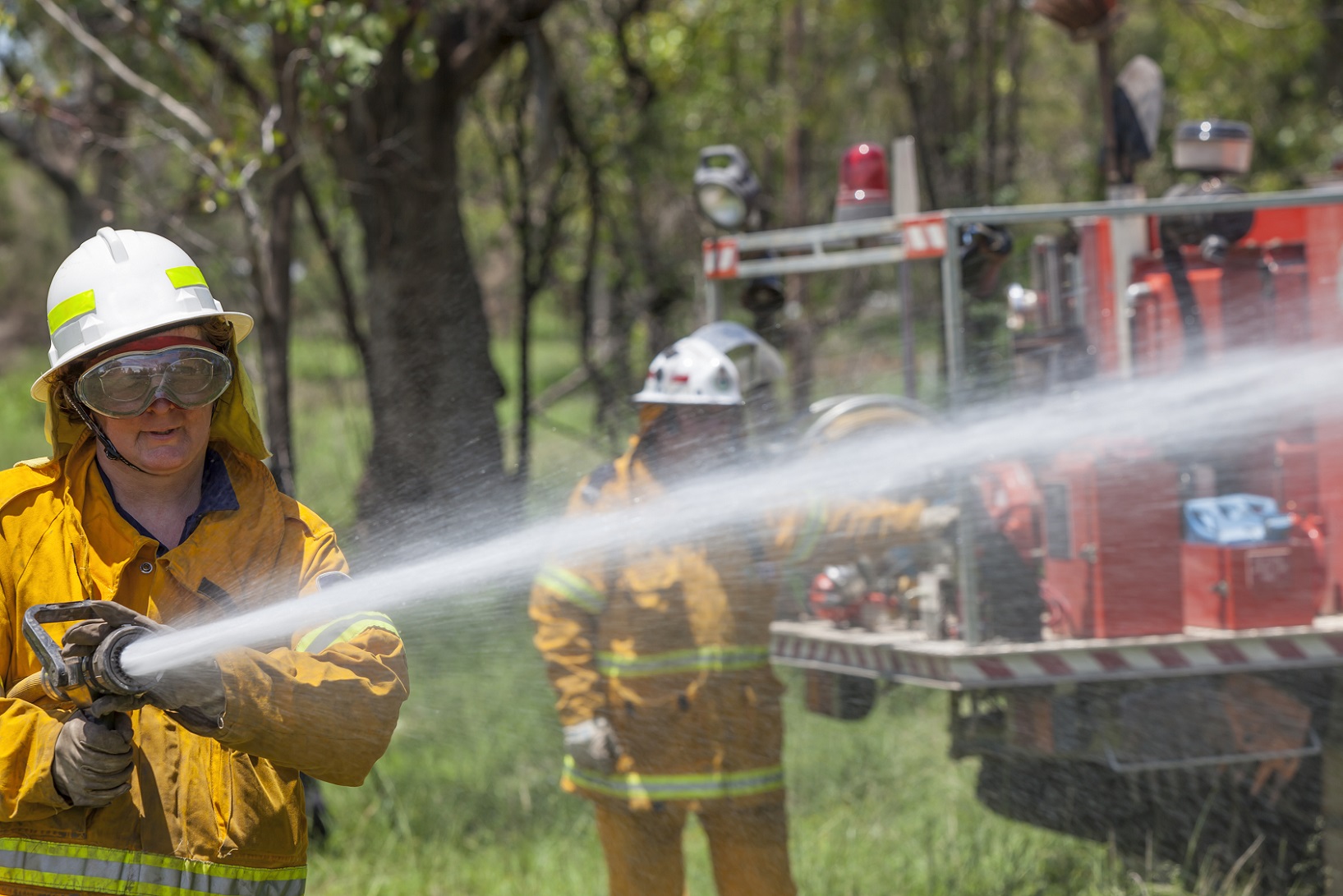Firefighting officially declared a cancer-causing profession
Published on Posted onThe World Health Organisation’s (WHO) International Agency for Research on Cancer (IARC) has officially declared firefighting a “cancer-causing profession”.
There are more than 15 million firefighters worldwide, and thousands of career and volunteer firefighters across Australia. Firefighters respond to various types of fire including structure, wildland, and vehicle fires.
Such exposures subject firefighters to many harmful substances such as combustion products, diesel exhaust, building materials, asbestos, as well as exposure to ultraviolet radiation and performing shift work which could lead to damaging health effects.
And while firefighters may take precautions to reduce the risk of exposure such as via their firefighting uniforms, use of PPE, air sampling and decontamination processes, given the nature of their role and risk of exposure to a large variety of harmful substances over their lifetime as an active firefighter, they can never be fully protected.
For many years, scientific research has demonstrated the connection between firefighting and the increased risk of developing cancer. But until now, it has only been seen as a “probable” not a “definite” based on sufficient evidence from years of reports.
What were the key findings of the re-evaluation?
The report by the IARC found there was sufficient evidence for cancer in humans in the firefighting professions for mesothelioma and bladder cancer.
The cancer types with less evidence for cancer in humans include colon cancer, prostate cancer, testicular cancer, melanoma of the skin and non-Hodgkin lymphoma.
The report also found there was strong mechanistic evidence that occupational exposure as a firefighter exhibits half of the 10 key characteristics of carcinogens, including genotoxicity, epigenetic alterations, oxidative stress, chronic inflammation and modulation of receptor-mediated effects.
The last time that occupational exposure as a firefighter was evaluated was in 2007, where it was classed as only “probably carcinogenic to humans” on the basis that medical studies only showed limited evidence for cancer.
The re-evaluation came after the publication of more than 30 new long-term studies of cancer among firefighters as well as new mechanistic evidence from epidemiological studies.
What does this mean for firefighters in Australia?
While most states have made waves with presumptive legislation that compensates firefighters affected by specific cancers, research shows the incidence of cancer among firefighters is increasing.
This classification escalation is a win for firefighters around the world that will have substantial implications for governments and fire services about the way cancer is managed in the profession including prevention and firefighter compensation.
In fact, the United Firefighters Union of Australia released a statement earlier this month suggesting this change should force workers’ compensation schemes to expand the number of cancers covered by firefighter presumptive legislation from 12 to 19 (to include thyroid, pancreatic, skin, cervical, ovarian, penile and lung cancer).
UFUA national secretary Greg McConville noted that more women are joining fire services so it’s important that female-relative cancers are also recognised in the presumptive legislation.
Not only this but Mr McConville addressed the need for comprehensive health screenings for all firefighters, noting early detection of cancer is critical to promoting early intervention and increasing chances of survival and cure.
What is the firefighters’ presumptive rights compensation?
The workers’ compensation schemes are different in each state. But when it comes to firefighters and their rights, most states have a similar legislation in place known as presumptive rights.
The presumptive rights in Victoria and presumptive rights in Queensland essentially give all career and volunteer operational firefighters who’ve been diagnosed with one of 12 specified cancers after a certain date prescribed by legislation, and have been employed for the respective qualifying period, an automatic entitlement to workers’ compensation benefits.
This is on the basis that their work as a firefighter is presumed under legislation, to have significantly increased their risk of developing the cancer, and so the firefighter does not have to prove that the diagnosis of their illness is work-related.
The 12 cancers currently specified include:
- Primary site brain cancer
- Primary site bladder cancer
- Primary site kidney cancer
- Primary non-Hodgkins lymphoma
- Primary leukaemia
- Primary site breast cancer
- Primary site testicular cancer
- Multiple myeloma
- Primary site prostate cancer
- Primary site ureter cancer
- Primary site colorectal cancer
- Primary site oesophageal cancer
If you, or someone you know, is currently or has previously worked or volunteered as a firefighter (or auxiliary volunteer) where they may have been exposed to a hazardous substances, it is recommended you consult a general practitioner or specialist to determine if you have any conditions or diseases.


